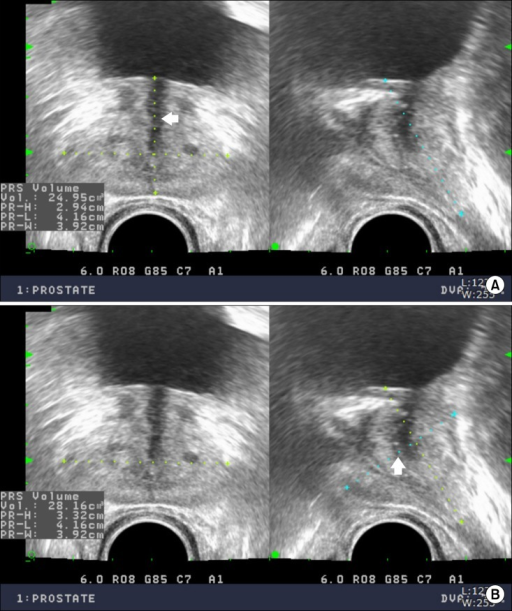Prostate matters is a not for profit organisation committed to providing free information about prostate issues from leading Clinical Authorities.
Home /
Benign Prostatic Hyperplasia (BPH) diagnosis – Information collected to determine suitable treatments

Consultant Urologist
Hampshire Hospitals NHS Foundation Trust

Prostate Volume
The size, measured as volume, of the prostate gland needs to be determined. A good estimate of prostate volume is critical in determining which treatments can be offered.
Other factors that need to be taken into consideration in determining enlarged prostate treatments options
- Risk of incontinence
- Preservation of sexual function both in terms of erection and ejaculation
- Age of the patient and durability of the procedure
- Patient health including ischemic heart disease
- Hospital stay and recovery
- Other complications such as Diverticulum (small bulges or pockets that can develop in the lining of the intestine as you get older) or bladder stones

Prostate matters is a not for profit organisation that is committed to providing free expert advice about prostate issues from leading Clinical Authorities
In memory of Riki
PROSTATE MATTERS
Copyright Disclaimer: We try to acknowledge copyright as appropriate. If we have used something without acknowledging copyright, this is inadvertent. Please let us know by emailing info@prostatematters.co.uk
Site design and technical development by Webtoys | Intelligent Digital Media

